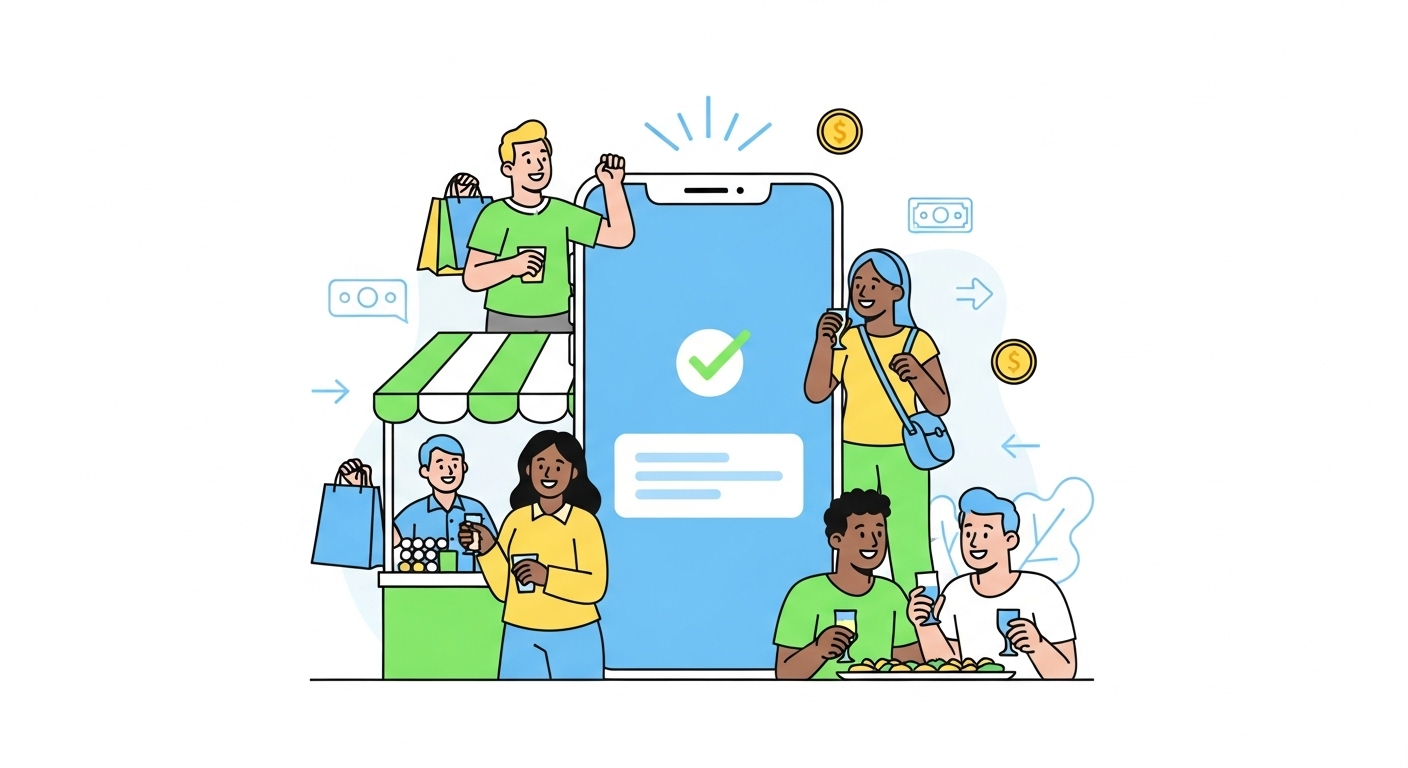What Does the Government Say About GST on P2P UPI Transactions?


The Paytm Editorial Team is a collaborative group of writers, editors, and industry experts. We're dedicated to bringing you the latest insights, news, and guides on digital payments, financial services, and the technology that's shaping India's economy. We offer easy-to-follow guides and insights to help you explore Paytm’s products, features, and services. Our goal is to provide clear, reliable, and helpful information to empower you on your financial journey.

In today’s fast-paced world, using digital payments has become a common and convenient way to handle money. Whether…
Imagine a world where good ideas can easily come to life, powered by the kindness of many. This…
Welcome to your comprehensive guide on setting up a Unified Payments Interface (UPI) ID for your business. In…
If you’re wondering “why is my Paytm UPI payment failing?”, you’re not alone. UPI payments are quick and…
You’re new to digital payments and want to set up your UPI account—but it’s just not working? Don’t…
Your money has secret codes that help keep it safe. Whenever you manage your finances, these codes play…